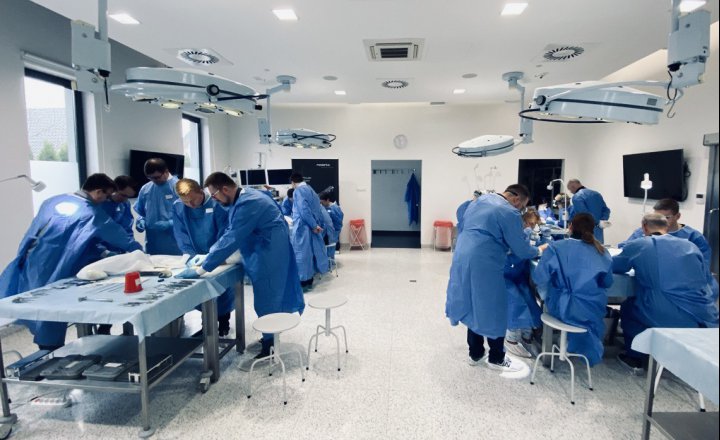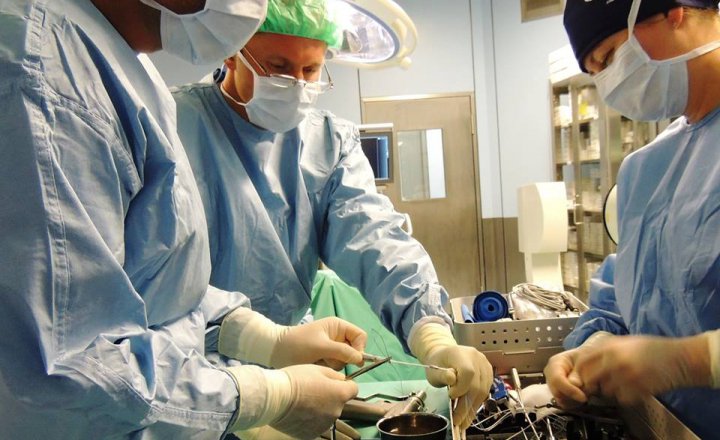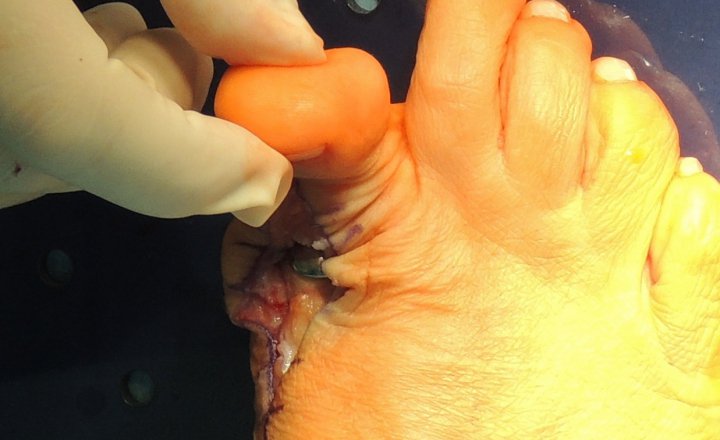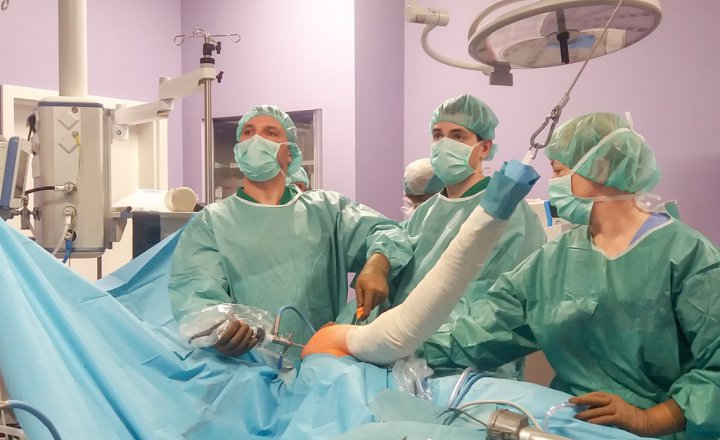Med&Care has become the exclusive distributor of Arthrosurface®. Arthrosurface® has developed a technology that bridges the gap between early biological treatments for joint surface regeneration and joint replacement surgery – endoprosthesis.

Med&Care has become the exclusive distributor of Arthrosurface® in Poland.
Arthrosurface® has developed a technology that bridges the gap between early biological joint surface regeneration procedures based on the use of biomaterials and the body’s ability to regenerate itself, and joint replacement surgery – endoprosthesis.
HemiCAP® and UniCAP® are technologically advanced implants designed to recreate the shape and profile of the cartilaginous surface for each individual patient.
The instrumentation allows the implant to be flush with the cartilaginous surface surrounding the implant,
so that the anatomy and pressure exerted remain unchanged.
With the Arthrosurface® Joint Reconstruction System, the surgeon reconstructs only the surface of the damaged area, similar to the way a dentist fills a cavity, leaving the rest of the joint structures intact.
In this way, the original anatomy is preserved.
The exposed and pain-causing area of the bone is covered, while all the structures of the joint that allow the patient to move and function properly remain in place intact.
For example, when receiving an Arthrosurface® knee implant, the patient’s anterior cruciate ligament and posterior cruciate ligament are NOT affected or removed, as opposed to the option
in which the patient would undergo a total knee replacement. By preserving the anterior and posterior cruciate ligaments, the HemiCAP® and UniCAP® systems leave the patient’s knee virtually intact,


Advantages
- Individualized selection and adjustment of the implant to the size and shape of the patient’s joint
- Much less cartilage and bone removed than in traditional joint replacement
- “In Lay” technique, which means that the implant is sunk into the joint so that it faces the surrounding cartilage, rather than being on the surface – thanks to this technique, the pressure exerted on the tissues does not change
- Preservation of the motility and primary structures of the joint, so that irreversible changes are not introduced
- If the implant needs to be replaced, it is possible to insert a primary joint endoprosthesis rather than a revision prosthesis



